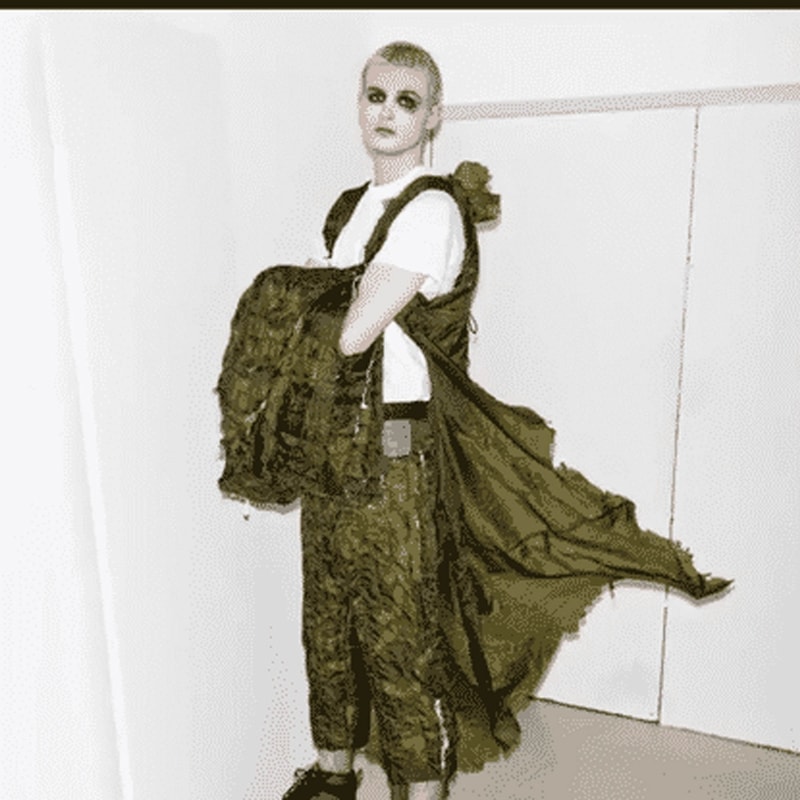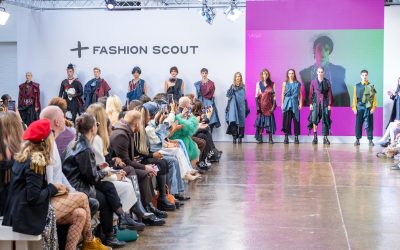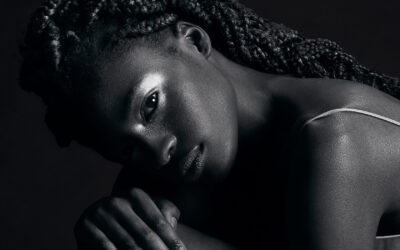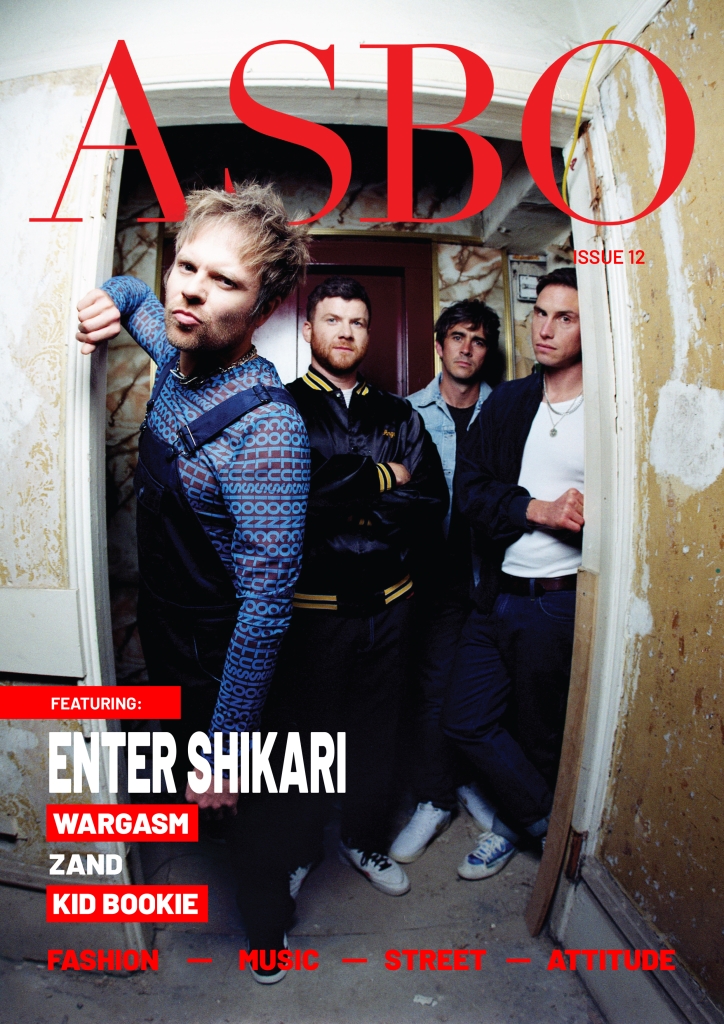
Name: Martha Havard
Age: 21
University: Norwich University of the Arts
Course: BA (Hons) Fashion
Describe your design aesthetic in 3 words? Utilitarian, Tailored and Sustainable
What message or story do your designs portray?
In a time where the fashion industry is constantly being criticised for the negative impact it is having on the environment, through my designs my aim is to highlight that fashion can still have a positive impact by repurposing materials that otherwise would go to waste. This specific design was inspired by a dress that my Great Grandmother made out of WW2 parachute silk during the ‘Make Do and Mend’ era.
What is one career aspiration that you’d most like to achieve?
I would definitely like to try and combat the negative image of the fashion industry through educating people about sustainability within design. I would also like to demonstrate that unlike some perceptions of sustainability where it creates limitations to design, it in fact does the opposite and pushes you to be more creative and experimental with what you have – this is a beautiful thing and helps the planet at the same time!
What do you think is the biggest issue facing the fashion industry today?
Mass production! Garments are churned out of factories every day at an unbelievable rate. This alongside the ‘throwaway’ fashion mentality is causing masses of clothing ending up at landfill. Clothes that could be easily repurposed into something new and exciting!

How do you think the pandemic is going to change the way we consume fashion?
I believe that the pandemic has allowed for a massive wakeup call in regard to how we consume fashion, especially with the temporary closure of fashion houses across the world. Although the pandemic has brought devastation, it has allowed us to all slow down. I hope that this opportunity will allow people to reconsider the current way that the fashion industry works and take it back to when garments were designed and produced for the pure love of fashion, rather than for this obsession with consumerism. I am very hopeful that these experiences will have a positive impact on the way that we consume fashion.
How is your concept design going to translate to something people can wear in everyday life?
The whole purpose of my design is to take the things that we don’t currently wear or have stopped wearing and turn them into something that can be worn in everyday life. I want people to be passionate about their clothes and about becoming designers themselves, to extend the lifespan of a garment.
In this design I have stuck to a tailored silhouette with pieces that can easily be worn alongside everyday pieces you may already have in your wardrobe making it something can be easily translated into everyday life.
What has been your biggest inspiration to create fashion?
I have a family history of tailoring which has been a big inspiration. In fact for this design, I looked to my Great Uncle who in his first appointment worked as a regimental tailor for 25 years. I was definitely moved by the craftsmanship and dedication that goes into creating fashion
Where do you see yourself in 5 years’ time?
I hope to still be involved with fashion whether this be through working directly in the industry with a brand such as Raeburn, or by taking my knowledge of up-cycling to a brand who maybe hasn’t considered this, and implementing it into their way of designing. Alternatively, I would like to take to a teaching role where I can experience first-hand the development of new generations of designers and have the opportunity to pass on the passion that I have for fashion to them.
Words: Sophie Roberts
Images: Kev Foster











